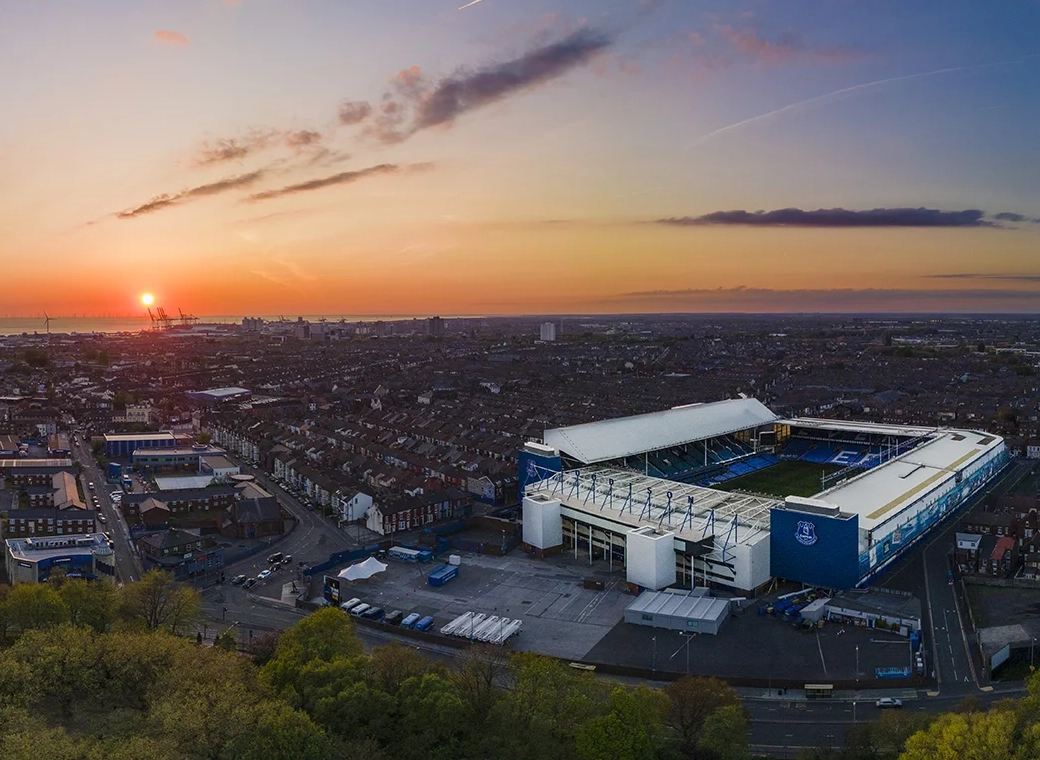This country was on the verge of needing an IMF loan in 2010. i.e. bankruptcy.
If you think otherwise you're delusional!
The country needs to be protected. i.e. needs an army, airforce and navy.
The country can only generate more wealth to pay for things like the NHS and everything else if faster trains increase businesses ability to produce wealth! To pay for it all.
THE NATIONAL DEBT UP TO THE END OF THE LAST LABOUR GOVERNMENT.
No country can run huge deficits every year for ever.
The bigger the national debt that builds up, the more expensive it is to meet interest payments. At some point it becomes more difficult and more expensive for governments to borrow extra money because people become reluctant to lend to them.
But we are nowhere near that point in the UK. Let's look more closely at the national debt.
This graph shows how it has gone up since the recession started (as it has in every other major country). You can see that it has gone up from just over 35 per cent of GDP in 2008 to an estimate of just over 60 per cent in 2011. (The GDP is the total wealth the country produces every year.)
That's a pretty scary increase, you might think.
But let's plot the same graph over a longer period of time.
We can see that while the national debt is higher than it's been for some time, it's still lower than it's been for most of the last century. Debt has often been higher in the past – and it goes up after national emergencies such as wars and worldwide recessions. Of course the recession should not be compared to the second world war, but it was still the one of the most catatastrophic events short of a world war.
So is our debt bigger than other countries?
Here's a chart showing national debt in 2008 for a range of prosperous countries.
Again you can see that there is nothing special about the UK's debt when compared to other countries.
And there are two other important differences between the UK and those in much worse circumstances.
- First more than 70 per cent of UK government debt is held within the UK by things like pension funds. It is a mistake to think that our national debt is all owed to other governments or foreign speculators.
- Secondly UK debt is more long-term than many other countries. On average our debts have a pay-back period of 12 years. Countries like Greece need to keep paying back debts and are forced to borrow more to make up for that. The UK does not face any problems refinancing its debts.
Governments need to borrow money all the time as previous loans need to be paid back, or simply because tax does not come in evenly over a year. Even with today's low interest rates the UK government has not had any difficulty borrowing.
Can we afford to pay back the debt?
Of course it would be better to be able to spend the money we use to repay debts on something more desirable. But it does not mean that debt repayments are out of control. This graph shows the proportion of the wealth produced by the country each year that has been used to pay back debts during the last six decades.
We can see that debt repayments have gone up in line with the debt since the recession hit, but they are still lower than in many years in the past.
Here's another way of looking at debt repayments. This shows what proportion of government spending goes on debt repayment. It's gone up in the last few years – but has been much higher in the past.
Of course the Tories continue to increase debt so I suppose it could come soon.














